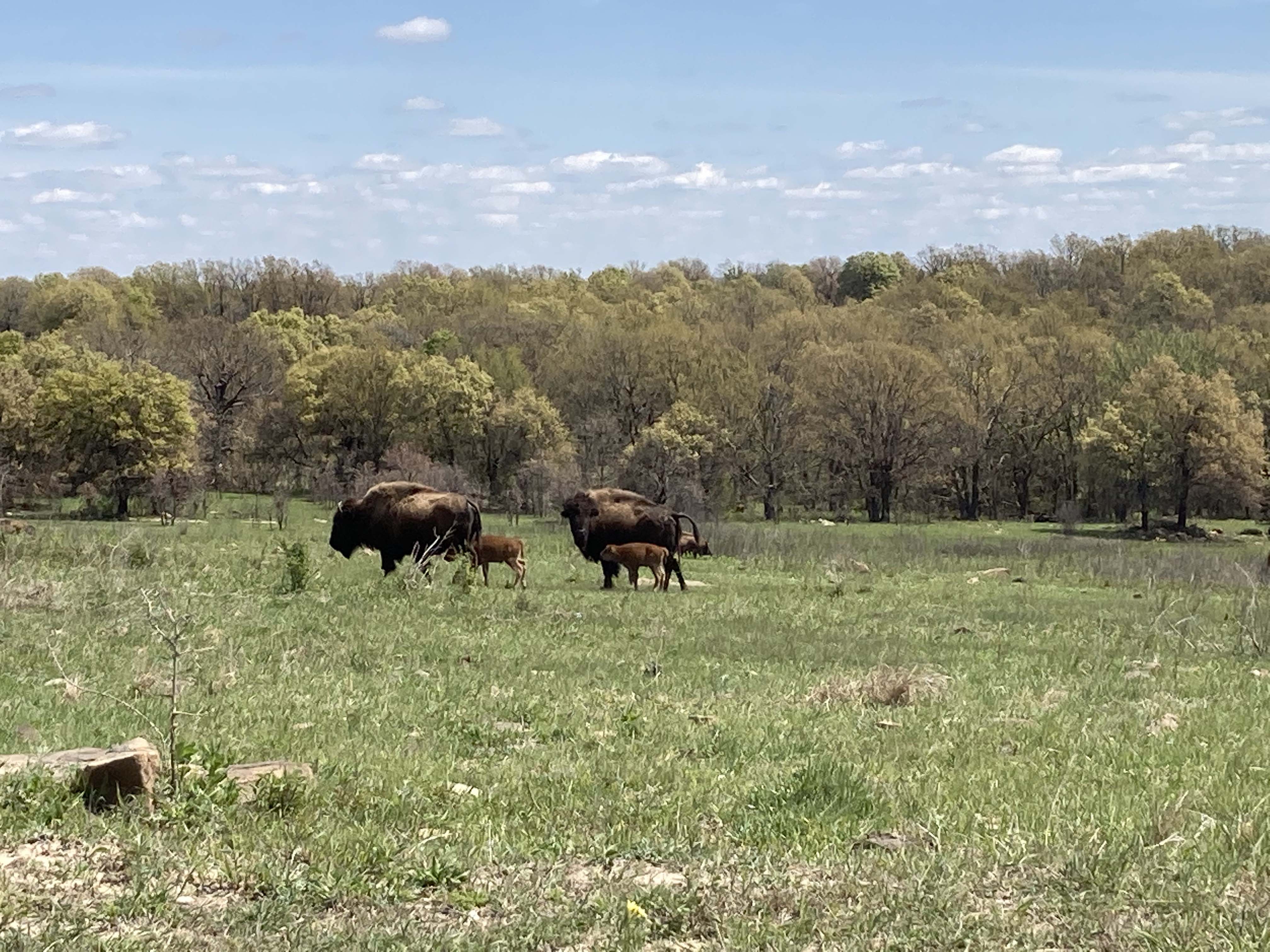Cross Timbers
Contact
University of Arkansas System Division of Agriculture
Cooperative Extension Service
2301 S. University Ave.
Little Rock, AR 72204

Cross Timbers
I grew up alongside one of the largest, most intact forests of the eastern United States and didn’t even know it. While the farm I was raised on was originally prairie, I rode the school bus every day through a stunted forest of black jacks and post oaks a few miles west of my house. These stunted trees are a part of the Cross Timbers ecoregion that dives deep into central Texas, extends through all of central Oklahoma and into southeastern Kansas. These are old trees with many ranging from 200 to 400 years of age.
The Cross Timbers represents the boundary line between the great deciduous forest of the eastern states and the shortgrass prairies of the west. The Cross Timbers have survived through the age of rampant environmental exploitation because they just didn’t have much monetary value, though their ecological significance is now being fully understood. They were too short, too stunted to make lumber and cutting and splitting for use as fence posts was a hopeless task. And because they mostly grew on rolling, droughty land that was no good for farming, they were mostly just ignored.
According to the latest estimate, about 1,400 square miles of this old growth forest still survives in a more or less contiguous stand from central Texas to southeastern Kansas. The Cross Timbers grow in north-south trending bands from five to 30 miles across with intrusions of tall grass prairie interspersed between the bands. The Cross Timbers grow on coarse, sandy soils that possibly represent the shoreline of the ancient Western Interior Seaway that covered mid-continent during Cretaceous times. As the Rocky Mountains were lifted up, beginning about 70 million years ago, this shallow inland ocean slowly drained away. Between these ancient beaches that were transformed into soft red sandstone were mudflats composed of fine textured silts and clays.
As nature sorted things out, the most drought resistant oaks in the eastern forests – the post oak of the white oak group and the blackjack oak of the red oak tribe – found a home in these sandy strips of land. In the ancient mudflats with their heavy, clayey soil, tallgrass prairies flourished. Native American tribes arrived on the scene long after the Cross Timbers had marked their claim on the land, but their use of fire to help manage the buffalo herds for easier hunting reinforced the division between grass and forest.
Climate also helped reinforce this boundary between eastern deciduous forest and open, treeless prairie further west. The Cross Timber region marks a kind of dry line between the abundant rainfall patterns generated from moisture arising from the Gulf of Mexico and the drier air masses moving over the taller mountains to the west. The deciduous forests of Arkansas grow with 40 plus inches of rainfall a year, whereas most of the Cross Timbers receive about 30 inches of rainfall. Fall much below 30 inches and grasslands develop.
The first use of the term “Cross Timbers” seems to have come from early western explores who complained a lot about the effort it took to cross through these bands of timber on their way west. All of the early travel writers of the southern Great Plains mention the challenge of traveling across a belt of Cross Timbers. Because they were stunted trees, their stout, stiff branches hung low, grape vines and greenbriers ensnared them and passage by riders or wagons was often difficult.
In a course I took on tree ring dating, we were shown two photos of a Cross Timbers stand in eastern Oklahoma that were taken a century apart. There was virtually no change during that long duration. Sixty years ago, industrious ranchers in Osage County, Oklahoma used sprays of 2,4,5-T (perhaps better known as Agent Orange) and giant drag chains suspended between two D-8 Caterpillars to rip out sections of Cross Timbers to improve the grazing. Today evidence of the carnage has disappeared and the grass is slowly being shaded out as the post oaks and blackjacks reclaim the ground.
Good places to see these ancient forests are around Fort Worth in Texas, on the northeastern side of Oklahoma City and on the western edge of Tulsa. But once you begin to recognize the Cross Timbers forest for what it is, you’ll see stands throughout the region.
